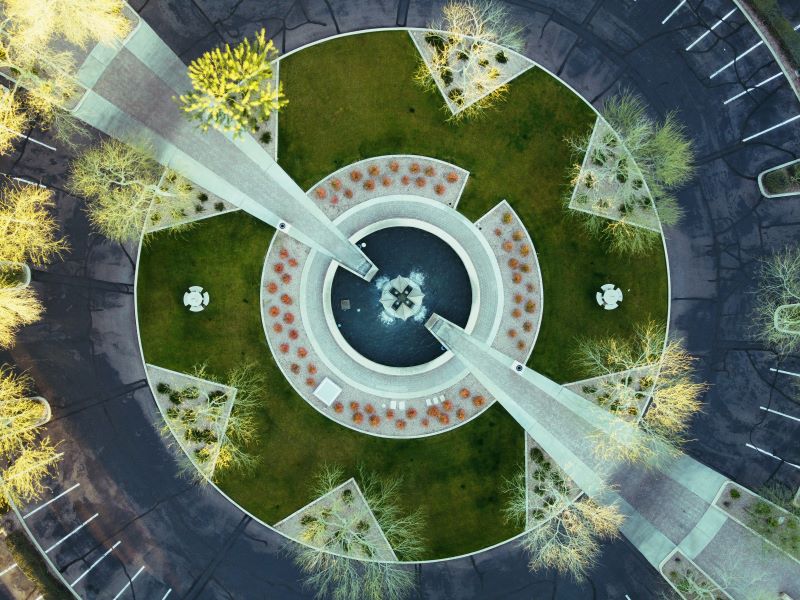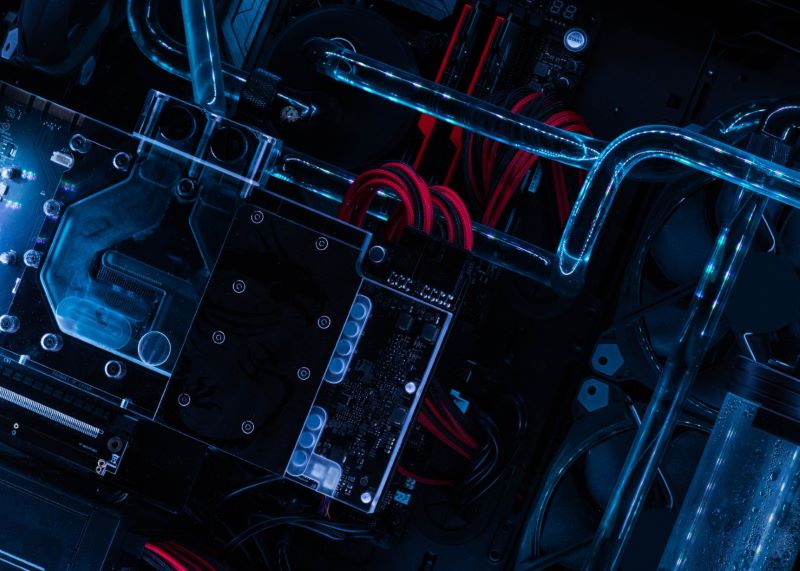A joint U.S. Naval Research Laboratory (NRL)/ U.K. Defence Science and Technology Laboratory (Dstl) experiment is preparing to measure Earth’s ionosphere and particle radiation environment as part of the Coordinated Ionospheric Reconstruction CubeSat Experiment (CIRCE) mission, NRL announced June 7.
Space Systems Command is partnering with Virgin Orbit National Systems, a U.S.-incorporated, wholly-owned subsidiary to Virgin Orbit, to launch CIRCE. The satellites, which contain twin 6U CubeSats, will fly in a circular orbit at 555 km (344 miles) altitude in a lead/trail formation 300-500 km (186-310 miles) apart in the same orbit plane to measure Earth’s ionosphere and particle radiation environment.
“The NRL CIRCE Team is thrilled to be a part of this joint U.S/U.K. mission,” Andrew Nicholas, CIRCE’s principal investigator said. “We are looking forward to a successful launch out of Spaceport Cornwall, and are excited to continue work with our U.K. partners once the CIRCE science data starts flowing.”
CIRCE pushes the boundaries of the CubeSat platform technology, challenging the size, weight and power constraints of the platform as well as integration and complex concepts of operations.
“The CIRCE spacecraft are the size of a shoebox and we’ve managed to sandwich five sensors in each of them,” Nicholas said. “So they are very compact and pretty laden with technology and it is all really tightly integrated in there.” NRL developed the Triple Tiny Ionospheric Photometer (Tri-TIP) to measure nighttime O+ 135.6nm airglow emissions in the atmosphere. Each CIRCE CubeSat will have two Tri-TIPs onboard, configured to look along coordinated lines of sight to perform ionospheric tomography in the orbital plane.
The U.K. contribution to CIRCE is the In situ and Remote Ionospheric Sensing (IRIS) suite, complementary to NRL sensors, and comprising three highly miniaturized payloads. One IRIS suite will be flown on each satellite, and incorporates an ion/neutral mass spectrometer, a tri-band global positioning system receiver for ionospheric remote sensing, and a radiation environment monitor.
NRL Sensor Development & Applications section of the Space Science Division contracted with Blue Canyon Technologies out of Boulder, Colorado to build and integrate the two CIRCE spacecraft.
“With most of the program being completed during the global pandemic we are now at the point where we have all the payloads integrated,” Nicholas said. “The spacecraft has been through testing and we are now in a storage period awaiting the launch call up.”
During the life of its mission, CIRCE will help researchers better understand how the ionosphere is changing day-to-day, hour-to-hour and even minute-to-minute, which is important to the Navy, especially for over the horizon communications and radar.
“In addition, if you really want to understand the ionosphere tomorrow, you have to understand the thermosphere today, so it is great that we have the INMS from the U.K. to measure the neutral composition as well.” Nicholas said.
The U.K. instrument suite showcases academic collaboration, with payloads provided by University College London’s Mullard Space Science Laboratory, University of Bath, and Surrey Satellite Technology Limited (SSTL), drawing on expertise from University of Surrey.
“We are delighted to be working with NRL on the CIRCE mission, and proud of the valuable contribution made by our UK payload providers,” Gemma Attrill, PhD, Dstl’s CIRCE lead, said. “The data returned by CIRCE will provide unparalleled temporal and spatial detail regarding the dynamic behavior of the ionosphere, allowing us to develop our understanding of system impacts relevant to both defense and the civil sector.”
CIRCE is scheduled to launch during the United Kingdom’s first commercial space mission from Spaceport Cornwall located at Newquay Airport in Cornwall, England this summer.
Source: NRL
Your competitors read IC News each day. Shouldn’t you? Learn more about our subscription options, and keep up with every move in the IC contracting space.









